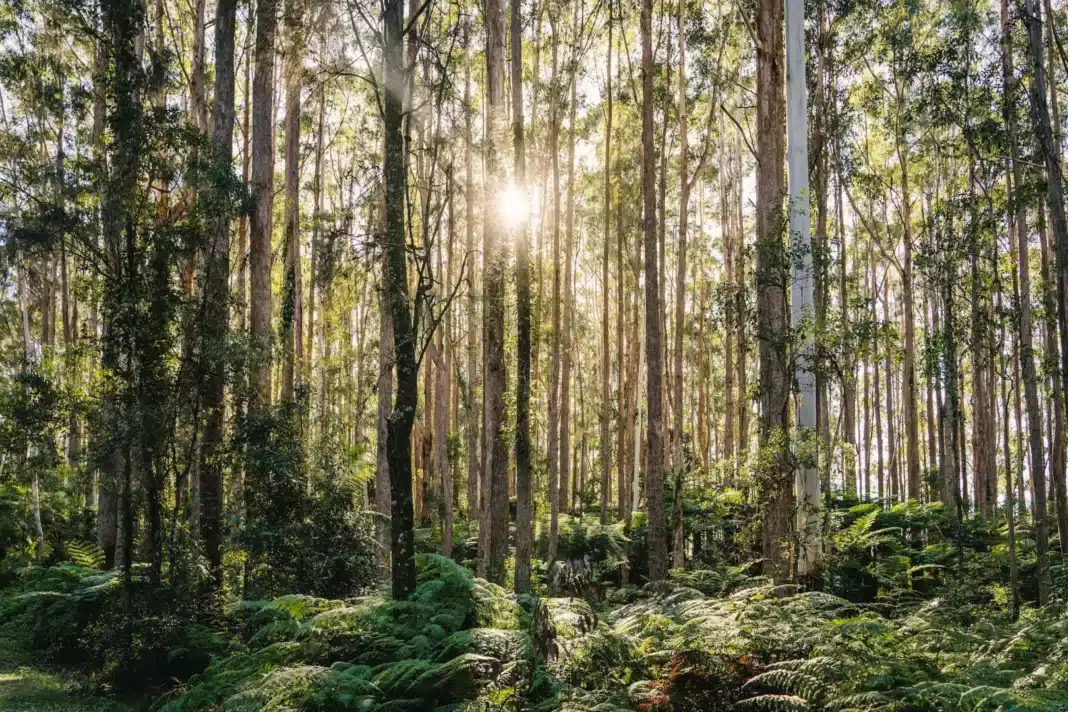Attention is once again drawn to Russia and Belarus timber being sold under falsified ‘country-of-origin’ documentation.
Published in The Australian (13/3/2003), the Australian industry is struggling to compete with ‘conflict timber’ which contravenes the Australian government’s illegal logging requirements.
The story follows the announcement that 14 Australian furniture companies were charged for illegal timber imports and that the ACCC are finally cracking down on ‘greenwashing’ which includes fraudulent eco-claims.
It was reported that up to 10% of all imported timber into Australia could be illegal. The reality is that it could be much higher.
Unfortunately, this is neither new or all that surprising.
In late November 2022, we broke a story about the surge of Russian and Belarus timber entering the Australian market via China. The story was covered in the Fifth Estate and created a lot of discussion.

At the time, Russian and Belarus timber was being imported to help alleviate the timber shortage caused by the Covid 19, bushfire, and the increased demand for wood. Supply was for a time struggling to keep up with demand, which has caused a significant increase in the price of timber products.
Exacerbating the problem still, the global timber market has experienced a major squeeze as demand for wood products surges amid pandemic-induced housing booms, supply chain disruptions and climate-related challenges.
This is not a problem exclusive to Australia with Russian and Belarusian timber also entering the North American and European markets through falsified documentation.

While the shortage of timber has since corrected itself, the flow of timber under questionable ‘country-of-origin’ documentation continues to flood Australia’s shipping ports, finding its way to housing and construction projects.
So, what can be done to reduce risk of illegal timber entering supply chains?
Australia has relatively soft compliance action on Russian laundered wood compared to many other countries including the European Union and the United Kingdom.
In March 2022, the United Kingdom and European Union both banned the outright import of all Russian timber – for the duration of the war – and there is a strong argument that the Australian Government should follow suit.
The current Australian Illegal Logging Prohibition Act (2012) only assesses that timber is legal in the country of origin – however as of December 2022 the legislation is subject to a parliamentary review. It must change!

By strengthening the compliance and enforcement on Russian and Belarusian wood, Australia will introduce enforcement that not only aligns with it’s key trading partners but is also in step with societal expectations.
Forest Certification – false and misleading claims
Another consideration is forest certification – and the importance of preventing false and misleading claims on timber that has been imported under falsified documentation.
At the same time that the European Union and United Kingdom introduced sweeping sanctions, FSC and PEFC both suspended certification on Russian and Belarus timber, suspensions that have been extended and no longer recognised under either PEFC or FSC certification schemes.
While there have been isolated examples of false FSC and PEFC labels being used on Russian and Belarus timber, falsified claims can be easily identified, much like a poorly forged signature.
The trick is to ask for a FSC or PEFC-claim on company documentation rather than just accept a dodgy FSC or PEFC label on the wrapping.
It really is that simple:
‘X% PEFC Certified’ or ‘X% FSC Certified’
Together, we have an obligation to do the right thing and stop illegal imports once and for all.
The time to act is now!







